In September, automakers are releasing several brand-new models and updated versions of existing ones, all in preparation for the upcoming holiday season. In India, Volvo will release its second electric vehicle (EV), while Honda will enter the market for mid-size SUVs with the debut of the all-new Elevate. Tata’s immensely popular Nexon will also receive a significant redesign shortly. The following is an extensive list of the new cars and SUVs that will hit the market this month.
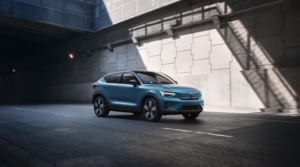
Volvo C40 Recharge on September 4
The Volvo C40 Recharge is derived from the Volvo XC40 Recharge; however, it has a roofline that slopes downward and a rear windscreen that descends very steeply, more like a coupe than an SUV. The XC40 and the C40 Recharge use the CMA platform for Compact Modular Architecture. Both vehicles use the 78 kWh battery pack and the dual-motor set-up, producing 408 hp and 660 Nm of torque. The claimed driving range, on the other hand, has increased from 418 km to 530 km (WLTP) due to advancements in aerodynamics and battery technology. Notably, it does not have any leather in the interior in any way, shape, or form, further advancing the argument that it is environmentally friendly. Although it will be locally built in the same manner as the XC40, the pricing of the C40 is anticipated to be slightly higher than that of its SUV equivalent.
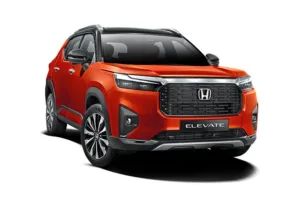
Honda Elevate on September 4
The Honda Elevate is the first completely new vehicle that the brand has introduced since the City in 2020. It also represents Honda’s comeback to the fiercely competitive mid-size SUV sector. It is built on the same chassis as the City sedan but wears an entirely new top hat that sports a bold and unique SUV style. The cabin is roomy, pleasant, and adequately equipped, and the Elevate even receives ADAS, but there is no panoramic sunroof; instead, there is simply a single pane unit. This is a significant drawback. The only engine option for the Elevate will be a 1.5-litre, four-cylinder, typically aspirated petrol engine producing 121 hp and 145 Nm of torque, which will be connected to either a 6-speed manual or a 7-step continuously variable gearbox (CVT). However, we will not offer the 1.5-litre petrol-hybrid drivetrain on the City model.
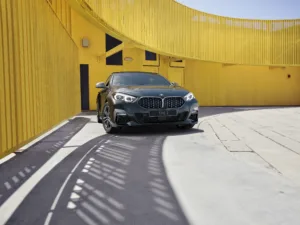
BMW 2 Series M Performance edition on September 7
The M Performance Edition is a cosmetic upgrade over the standard 2 Series. It will only be offered in the hue Black Sapphire with contrasting silver highlights in the grille, bumper, and wing mirrors. In addition, it will receive an M Performance grille, a gear selector lever, and other M-specific components. The 220i M Performance Edition interior will feature a dual-tone design with beige and black accents; nevertheless, the list of standard amenities will not change. The 2.0-litre, four-cylinder turbo-petrol engine that produces 179 hp and 280 Nm of torque will be standard equipment for the 2 Series M Performance edition, which will be a limited quantity. A 7-speed dual-clutch automatic gearbox will be paired with the engine.
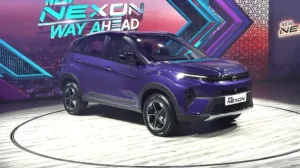
Tata Nexon, Nexon EV facelifts on September 14
Even though it is only a facelift, the Nexon has received extensive upgrades to its inside and appearance. This makes it one of the most anticipated new launches. The Curvv and the Harrier EV have now influenced its exterior and interior styling. It will also see a significant improvement in features, including screens that are far more extensive, climate controls that are operated via touch, and an instrument cluster that is all digital. There will be new trim naming similar to that of the Punch, and while the 1.2-litre petrol and 1.5-litre diesel engines will be provided along with the manual and AMT gearboxes, there will also be an option for a new 7-speed dual-clutch gearbox for the engine that runs on petrol. Alongside the ICE variants, Tata plans to release the Nexon electric vehicle (EV) with identical improvements; however, the EV’s technical particulars are currently being kept secret.

Mercedes-Benz EQE SUV on September 15
The Mercedes-Benz EQE SUV, the company’s third electric vehicle (EV) to be sold in India, is built on the EVA (electric vehicle architecture) platform. It is offered in a variety of variants across the globe; however, the power source for each version is a 90.6 kWh battery capable of supporting up to 170 kW DC fast charging speeds. Using the WLTP cycle, the EQE 350+ model’s maximum range can reach up to 590 kilometres, while the most powerful model, the EQS 53 4Matic+, can produce up to 617 hp. The EQE 350+ model is the top-of-the-line model. In terms of design, it takes on the appearance of most of the other EQ models we have seen up until now. Meanwhile, The cabin features two dashboard layouts: the base model has an interior similar to the C-Class and a vertical touchscreen. In contrast, the “Hyperscreen” layout on the EQS may be optional.

Lexus LM: September’s End
This is the first time Lexus has offered an MPV in India based on the same Toyota GA-K modular platform as the Toyota Vellfire. The LM is over 5 metres in length and features a quirky design. The luxurious interior will be available in both four- and seven-seat configurations. In its four-seat format, the LM has a divider between the driver and passenger compartments, airline-style recliner seating, a 48-inch television, a 23-speaker surround-sound audio system, and pillow-style headrests. In India, the LM is anticipated to be available in 350h trim, which is propelled by a 2.5-litre, four-cylinder, self-charging hybrid engine that sends power to all four wheels and has a maximum combined output of 250 hp and 239 Nm.

Mahindra Bolero Neo+: September’s End
At some point before this month’s end, Mahindra will likely introduce the Bolero Neo+. The Bolero Neo+ Plus will have a brand-new identity, an updated design, and additional amenities. It will be a facelifted version of the TUV300+. Since 2019, the model with the updated appearance has been undergoing testing. After introducing the Bolero Neo+, the Bolero lineup will consist of three different SUVs: the first-generation Bolero, the Bolero Neo compact SUV, and the Bolero Neo+. It is anticipated that two seating configurations will be available, one with seven seats and the other with nine seats. Under the hood of the Bolero Neo+ will be a 2.2-liter diesel engine. This will be the same engine used in the Scorpio N; however, the power output of the Bolero Neo+’s engine will be lower.





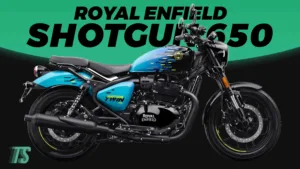
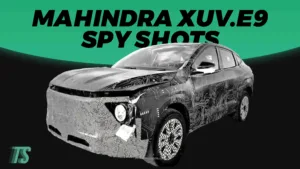
1 thought on “Upcoming SUV launches in September 2023”
Comments are closed.